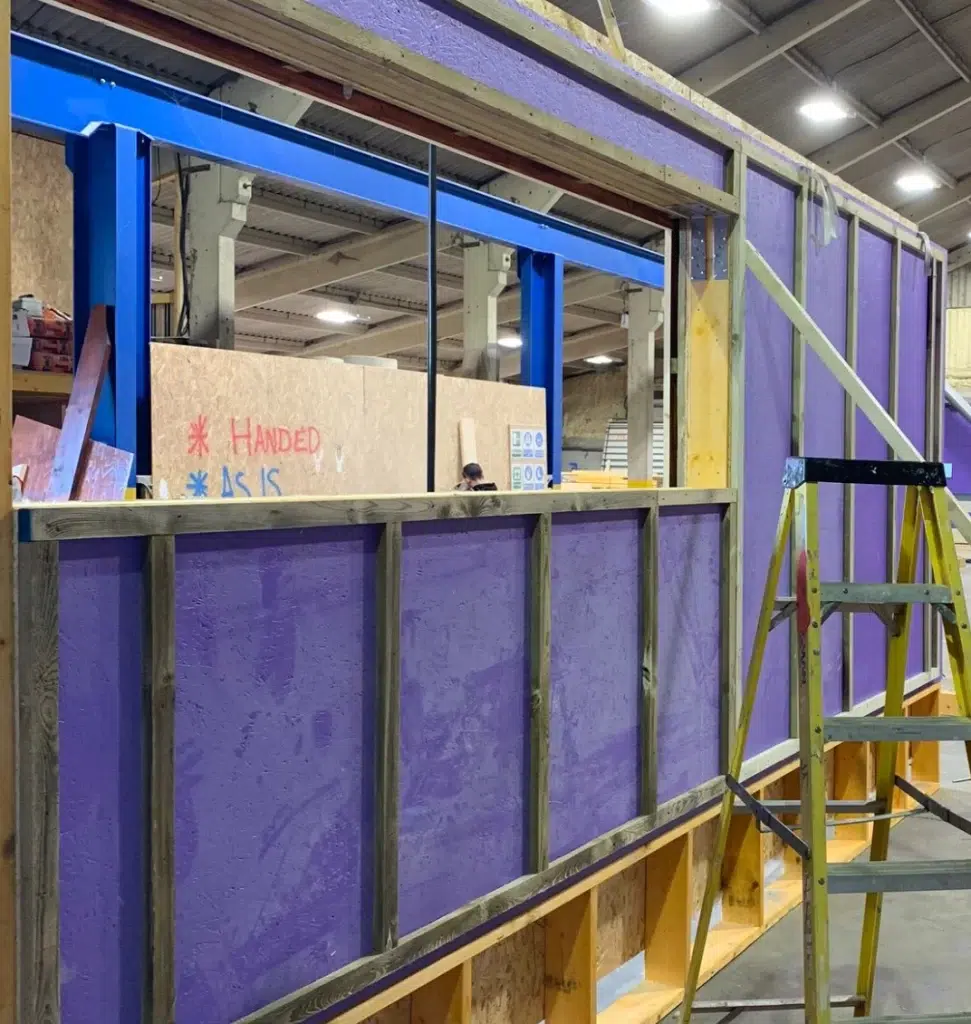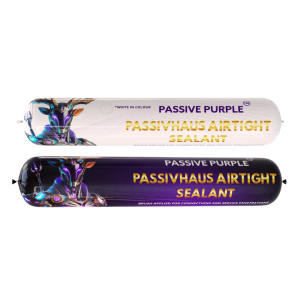8079
Why Choose Passivhaus Windows?
Written by

–
When you’re sitting at home and feel a cold draught icing the back of your neck, you won’t need to look far for the culprit. When it comes to air leakage, poor quality windows are often the biggest offender.
Air leakage in the home is not a good thing. It reduces energy efficiency, costs money and makes the dwelling a less comfortable place to reside. So, are there solutions to ensure your build doesn’t encounter this problem? Fortunately, the answer is yes – and one of them is Passivhaus windows.
Gone are the days when building to Passivhaus Standards were limited to large developers on huge plots. Now, everybody, including self-builders should be aware of energy efficient, greener methods of construction. Passivhaus windows fit right into this category and are a key component of building to Passivhaus Standards.
What Are Passivhaus Standards?
Before we look at the advantages of Passivhaus Windows, it’s worth reminding ourselves what is meant by Passivhaus standards and how windows play a crucial role. Passivhaus standards refers to an internationally recognised energy performance level. Building to that level comes with multiple benefits such as lower energy bills, a more comfortable living environment and reduced carbon emissions.
What Are Passivhaus Windows?
Windows that are suitable for reaching passivhaus standards of building are referred to as Passivhaus windows. Put simply, in order to achieve Passivhaus status, the window must hit a certain level of thermal performance. This is known as the U value which is a measurement of heat transfer. The lower the U value, the better the performance. It’s generally accepted that a U value below 0.8W/(m2K) qualifies a window to be classed as meeting Passivhaus standards.
How Do Passivhaus Windows Work?
Passivhaus windows are not just peak performers because of the materials used in their production (usually triple glazed and always extremely airtight with low thermal conductivity), the way they are installed is also key. Thermal bridging (or weak point) is something to avoid at all costs in order to limit air leakage and heat loss, so installing the window within a layer or insulation is crucial. The design of the window as well as the type of glass used promotes low thermal conductivity meaning they are more efficient at retaining heat.
What Are The Advantages of Passivhaus Windows?
There are many advantages to opting for Passivhaus windows. Energy efficiency is a key benefit, particularly in a time of rising energy bills. Passivhaus windows also improve the living environment by blocking out cold draughts making the dwelling more comfortable for the inhabitants. Passivhaus windows also minimise condensation and as a result reduce the risk of mould. They are also more durable, meaning a longer life cycle than standard windows.
Are Passivhaus Windows More Expensive Than Standard Windows?
It’s fair to say that if you opt for windows made to Passivhaus standards, you will be looking at a bigger initial outlay – potentially 10-15% higher cost than standard windows. Bear in mind though, that windows play a key role in making your property more energy efficient. Anything you can do to preserve energy will see you save more money in the long run. The durability of Passivhaus windows also means it’ll be longer before they need to be replaced. Overall they represent a very good long term investment.
Written by
Passive Purple Editions
-

Passivhaus Airtight Sealant – 600ml
Enquire Now Below From £12.00 + VAT Select options This product has multiple variants. The options may be chosen on the product page

